Argentina uses $775 mn Qatar loan to repay IMF

Shawdesh desk:
The Argentine government said Friday it will use a loan from Qatar amounting to $775 million to make a payment to the International Monetary Fund as it awaits approval of a disbursement from the IMF for $7.5 billion.
The credit operation would allow Qatar to lend Argentina Special Drawing Rights (SDRs, or money that countries reserve in the IMF) for the equivalent of $775 million, said a source at the economy ministry.
“It is the first time in history that Qatar has carried out a credit operation with Argentina,” said the source, on condition of anonymity, adding that this will allow the South American country to pay the maturity “without using reserves.”
The credit was negotiated by Argentine Economy Minister Sergio Massa with the Qatari economic team “in absolute secrecy.”
Argentina is seeking to avoid a new drain of dollars from its depressed international reserves.
The Qatari loan will be applied Friday to the payment to the IMF on interest that is due.
It will then be paid with the disbursement that Argentina expects to receive from the multilateral organization once its executive board ratifies, in mid-August, the approval of the fifth and sixth revisions of the agreement with the country.
The loan with the IMF was taken by Argentina under the government of Mauricio Macri as an agreement for $57 billion dollars.
After taking office at the end of 2019, President Alberto Fernandez renounced the pending disbursement tranches and renegotiated it in 2021 as an agreement for $44 billion dollars.
Last Monday, Argentina paid the IMF a maturity of $2.7 billion dollars with yuan from a currency swap with China and a bridge loan of $1 billion from the Andean Development Corporation (CAF).
Argentina’s international reserves include, in addition to dollars, a portion in gold and also other instruments such as the yuan from the swap with China.
In Argentina, an exchange control system has been in force since 2019 and several exchange rates work in parallel to the official one.
Historically, Argentines bet on the dollar to prevent the depreciation of the Argentine peso.





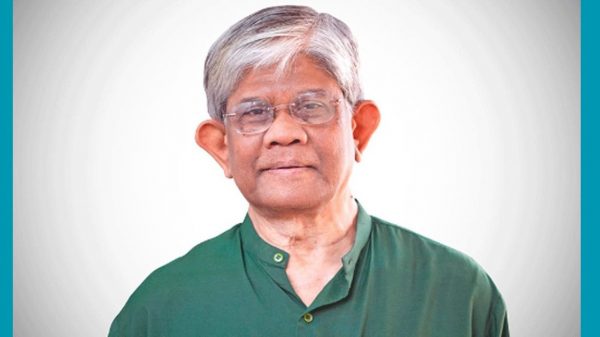
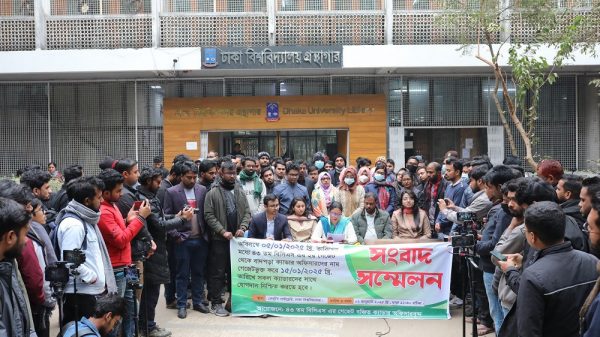
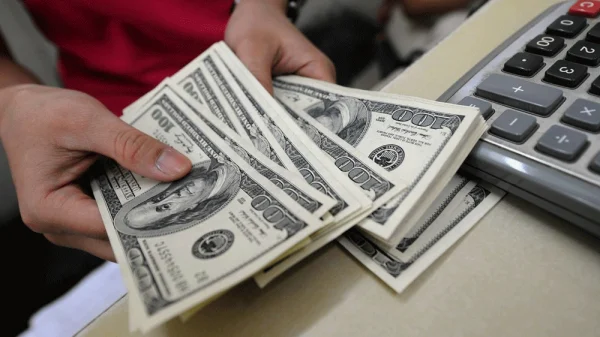






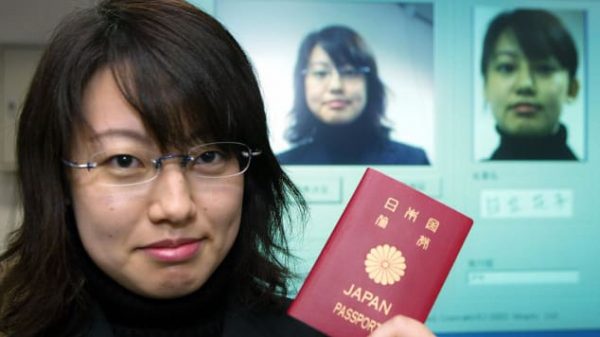


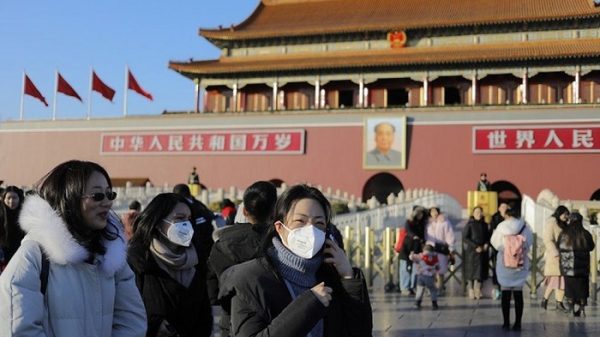





Leave a Reply